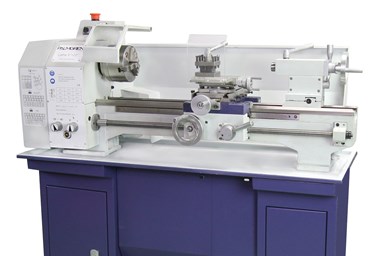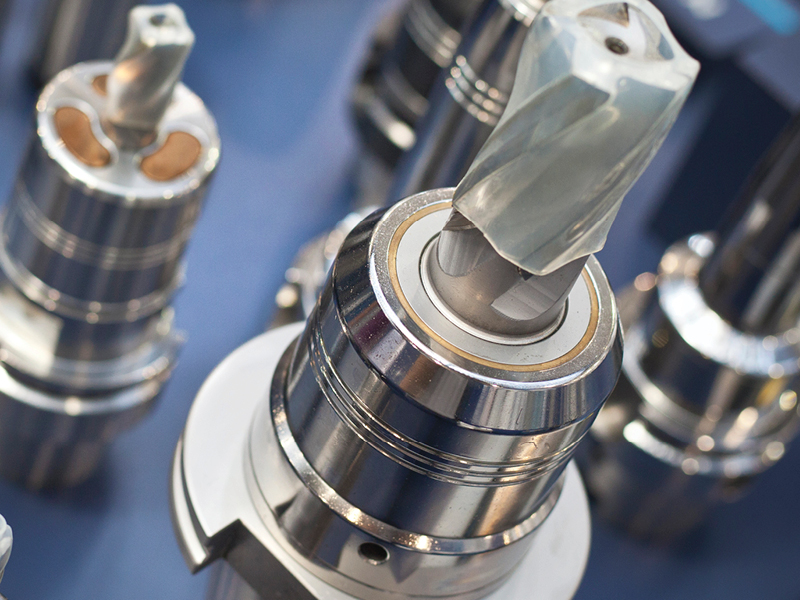Palmgren's Bench Lathe Handles a Variety Operations
Palmgren’s new 9" × 20" bench lathe is constructed from heavy cast iron and reportedly features a smooth power transmission, precision thrust and ball bearings in the head stock and spindle as well as hardened and ground ways.
Palmgren has released a new 9" × 20" bench lathe designed to deliver precision, power and versatility. It handles a wide range of turning operations typically found in larger machines. The lathe is constructed from heavy cast iron and reportedly features a smooth power transmission, precision thrust and ball bearings in the head stock and spindle as well as hardened and ground ways.
According to Palmgren, these features are designed to provide years of trouble-free turning. The machine’s ability to turn small metal parts makes the bench lathe suitable for prototype shops, tool rooms, fabrication shops, maintenance shops, jewelry manufacturing as well as home and hobby machinists. Palmgren, a C.H. Hanson brand, has been in business for 100 years.
RELATED CONTENT
-
Successful Application Of Ceramic Inserts
Applying ceramic inserts is not a simple substitution of one cutting tool material for another. There are significant process considerations that shops should examine carefully in order to realize performance and tool life expectations from ceramic inserts. Here's a look at some of the ways they are used.
-
Start With The Right Speeds And Feeds
Running rotary milling cutters at the proper speeds and feeds is critical to obtaining long tool life and superior results, and a good place to start is with the manufacturer's recommendations. These formulas and tips provide useful guidelines.
-
Rigid Tapping--Sometimes You Need A Little Float
One of the most common methods of tapping in use today on CNC machines is 'rigid tapping' or 'synchronous feed tapping.' A rigid tapping cycle synchronizes the machine spindle rotation and feed to match a specific thread pitch. Since the feed into the hole is synchronized, in theory a solid holder without any tension-compression can be used.










 (1).1676494398075.png)

